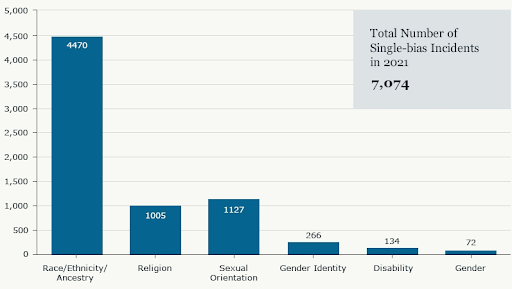Chapter 6: Basic Statistics
Print Version Only Chapter 6 Basic Statistics – Informal Math Modeling

In this chapter…
- 6.1 Data Samples
- 6.2 Graphing Data
- 6.3 Measures of Central Tendency
Introduction
Although statistics is not typically included in texts based on algebra, we include it in this text as a supplement for future elementary school teachers since they will teach statistical reasoning in their classrooms. This chapter may also be used as a module supplement in other courses and/or curricula designed for future elementary school teachers.
Data analysis is addressed throughout elementary school, beginning with grade 1. Below are the related standards from the Massachusetts Mathematics Curriculum Framework for K – 6.
Grade 1 (1.MD.C) Represent and interpret data.
- Organize, represent, and interpret data with up to three categories; ask and answer questions about the total number of data points, how many in each category, and how many more or less are in one category than in another.
Grade 2 (2.MD.D) Represent and interpret data.
- Generate measurement data by measuring lengths of several objects to the nearest whole unit, or by making repeated measurements of the same object. Organize and record the data on a line plot (dot plot) where the horizontal scale is marked off in whole-number units.
- Draw a picture graph and a bar graph (with single-unit scale) to represent a data set with up to four categories. Solve simple put-together, take-apart, and compare problems using information presented in a bar graph.
Grade 3 (3.MD.B) Represent and interpret data
- Draw a scaled picture graph and a scaled bar graph to represent a data set with several categories. Solve one- and two-step “how many more” and “how many less” problems using information presented in scaled bar graphs. For example, draw a bar graph in which each square in the bar graph might represent five pets.
- Generate measurement data by measuring lengths of objects using rulers marked with halves and fourths of an inch. Record and show the data by making a line plot (dot plot), where the horizontal scale is marked off in appropriate units—whole numbers, halves, or fourths.
Grade 4 (4.MD.B) Represent and interpret data
- Make a line plot (dot plot) representation to display a data set of measurements in fractions of a unit (1∕2, 1∕4, 1∕8). Solve problems involving addition and subtraction of fractions by using information presented in line plots (dot plots). For example, from a line plot (dot plot) find and interpret the difference in length between the longest and shortest specimens in an insect collection.
Grade 5 (5.MD.B) B. Represent and interpret data.
- Make a line plot (dot plot) to display a data set of measurements in fractions of a unit. Use operations on fractions for this grade to solve problems involving information presented in line plot (dot plot). For example, given different measurements of liquid in identical beakers, find the amount of liquid each beaker would contain if the total amount in all the beakers were redistributed equally.
These standards address collecting, displaying and doing basic analysis of data. This knowledge prepares them for the study of measures of center and data spread in middle school. See statistics standards for grade 6 below.
Grade 6 (6.SP) Statistics and Probability
A. Develop understanding of statistical variability.
- Recognize a statistical question as one that anticipates variability in the data related to the question and accounts for it in the answers. For example, “How old am I?” is not a statistical question, but “How old are the students in my school?” is a statistical question because one anticipates variability in students’ ages.
- Understand that a set of data collected to answer a statistical question has a distribution, which can be described by its center (median, mean, and/or mode), spread (range, interquartile range), and overall shape.
- Recognize that a measure of center for a numerical data set summarizes all of its values with a single number, while a measure of variation describes how its values vary with a single number.
B. Summarize and describe distributions.
- Display numerical data in plots on a number line, including dot plots, histograms, and box plots. Read and interpret circle graphs.
- Summarize numerical data sets in relation to their context, such as by:
- Reporting the number of observations.
- Describing the nature of the attribute under investigation, including how it was measured and its units of measurement.
- Giving quantitative measures of center (median, and/or mean) and variability (range and/or interquartile range), as well as describing any overall pattern and any striking deviations from the overall pattern with reference to the context in which the data were gathered.
- Relating the choice of measures of center and variability to the shape of the data distribution and the context in which the data were gathered.
In this chapter we introduce basic statistics as one might see it in an elementary classroom and beyond.
Data as a numerical measurement.

